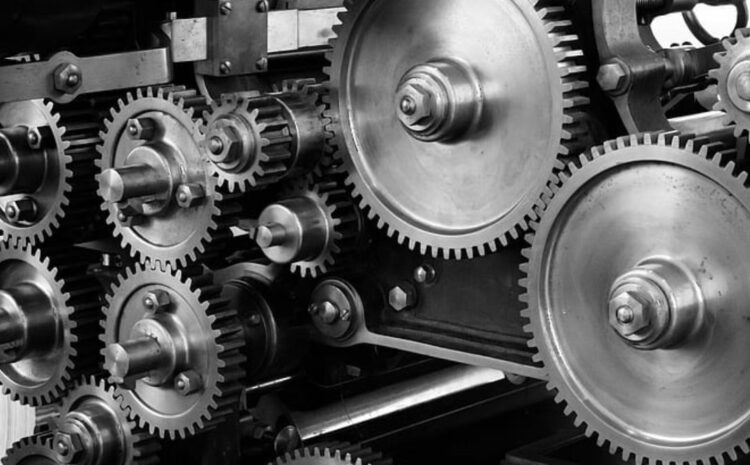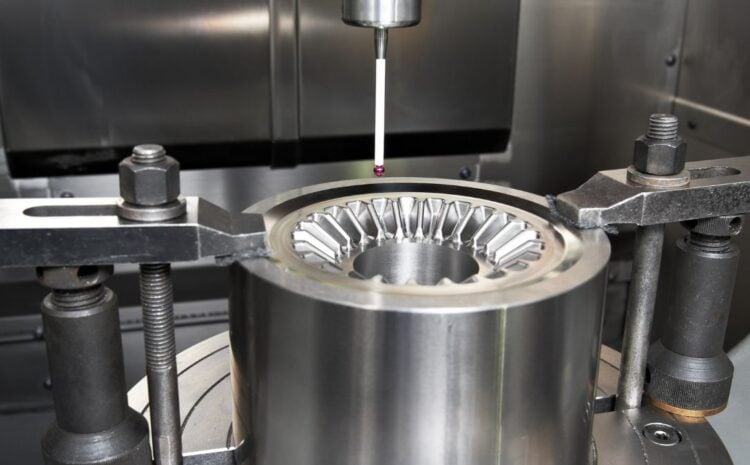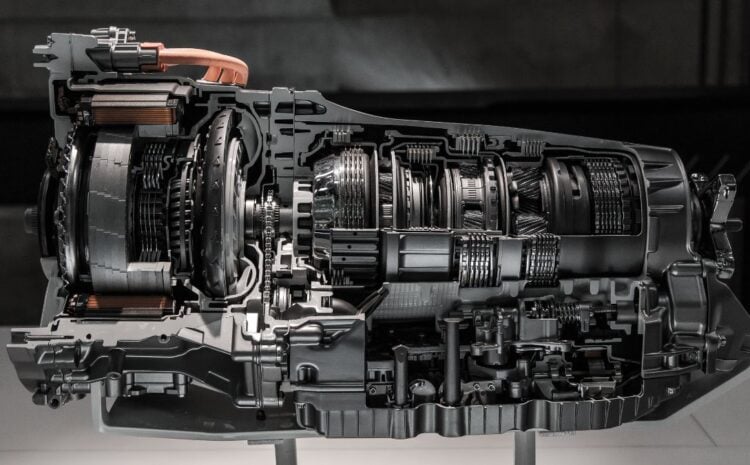Gears are an essential part of many machines, serving as an important mechanism to transfer power and motion from one part of the machine to another. Designing gears is a critical process that requires a deep understanding of gear principles and various techniques to produce gears that meet specific performance requirements. In this article, we will discuss the tips and techniques involved in designing gears effectively.
Understanding Gear Design
Before delving into gear design techniques, it is essential to have a basic understanding of gear principles. A gear is a rotating machine part that consists of teeth, which mesh with another toothed part to transmit torque and motion. Gears can be broadly classified into different types, including spur gears, helical gears, bevel gears, and worm gears, each with unique design characteristics and applications.
The gear design process involves determining the gear ratio, selecting the appropriate gear type, and calculating gear dimensions to meet specific load, speed, and torque requirements. Gears have several parameters that affect their performance, including the number of teeth, pitch, face width, and pressure angle.
Gear Design Techniques
There are various gear design techniques, each with its advantages and disadvantages. Some of the most commonly used gear design techniques are:
- Spur Gear Design: Spur gears are the most straightforward and widely used gear type. They have straight teeth that run parallel to the gear axis and transmit power between parallel shafts. Spur gear design involves selecting the appropriate module, pressure angle, and the number of teeth to meet specific requirements.
- Helical Gear Design: Helical gears have angled teeth that run parallel to the gear axis, making them suitable for transmitting power between non-parallel shafts. Helical gear design involves selecting the appropriate helix angle, module, and the number of teeth to meet specific requirements.
- Bevel Gear Design: Bevel gears are used to transmit power between intersecting shafts. Bevel gear design involves selecting the appropriate cone angle, module, and the number of teeth to meet specific requirements.
- Worm Gear Design: Worm gears consist of a worm (a screw-like gear) and a wheel, and are used to transmit power between non-parallel shafts. Worm gear design involves selecting the appropriate lead angle, module, and the number of teeth to meet specific requirements.
Tips for Effective Gear Design
Designing gears can be a complex and challenging process, requiring a thorough understanding of gear principles and the manufacturing process. Here are some tips and best practices to help you design gears effectively:
- Consider the Manufacturing Process
Gear design should take into account the manufacturing process, as different techniques have different limitations and tolerances. For instance, gears produced by forging have different design requirements than gears produced by casting. - Select the Right Material
Gear material selection is critical, as it affects gear performance and durability. Factors to consider when selecting gear materials include strength, fatigue resistance, wear resistance, and cost. - Design for Ease of Assembly and Maintenance
Gears should be designed to facilitate easy assembly and maintenance. This can include designing gears that can be disassembled and reassembled quickly, and incorporating features that make lubrication and inspection easier.
Gear Design Software
Several software tools are available to aid gear design, including AGMA’s gear design software, KISSsoft, and Gearotic. These tools can help simplify the gear design process by automating calculations, simulating gear behavior, and optimizing gear design parameters.
Conclusion
Finally, designing gears requires a deep understanding of gear principles, design methods, and manufacturing processes. This can include making gears easy to disassemble and reassemble and lubricate and inspect. Use the right gear design software to optimize and ensure accuracy. Designers can make high-quality gears that improve machine efficiency and reliability with the right tools.



